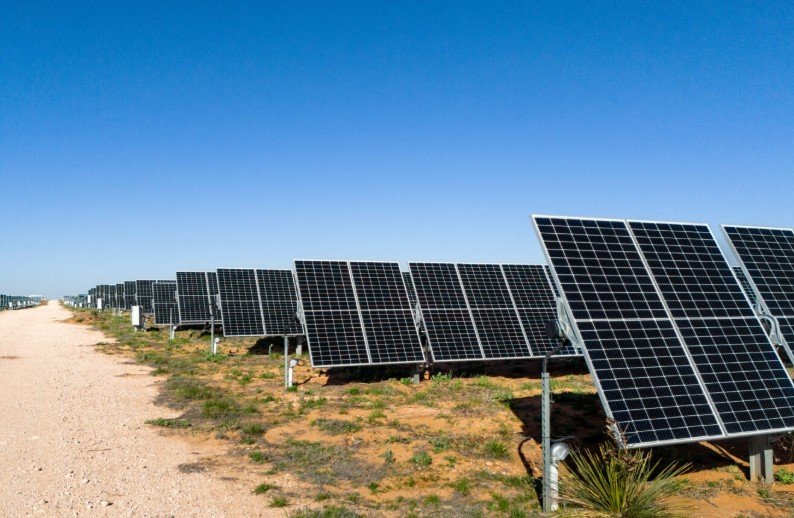PSC’s unanimous vote gives Georgia Power a green light to hold base rates through 2028, while quietly paving way for surcharges on storm repairs and fossil fuel projects
Georgia’s utility regulators voted unanimously Tuesday to approve a rate freeze plan for Georgia Power customers, locking in base rates through 2028. On the surface, it’s a move that promises financial relief. But scratch beneath, and critics say the freeze might feel more like a pause button on rising bills rather than a true cap.
The three-year agreement, brokered between the state’s Public Service Commission (PSC) and Georgia Power back in May, allows the Atlanta-based utility to maintain current base rates—but it makes exceptions for “reasonable and prudent” costs from storms and certain infrastructure investments. And that caveat is where things start to split opinion.
A Freeze with a Catch
For many residents still recovering from high inflation and recent hikes on energy bills, the announcement initially sounded like a win.
But environmental groups and consumer advocates are wary. They argue that excluding storm damage and data center infrastructure from the freeze gives Georgia Power ample leeway to nudge up bills anyway—without technically violating the rate agreement.
Georgia Power incurred major expenses responding to Hurricane Helene, one of the costliest storms in the company’s history. Those costs could now be passed on to consumers as surcharges outside the standard rate framework.
And there’s more coming.
The utility is also due for a fuel cost review in 2026. If natural gas or coal prices spike again, the result could hit households directly—even as “base rates” appear unchanged.

Questions Over Transparency
One of the more contentious parts of Tuesday’s 5–0 PSC vote wasn’t the agreement itself—it was how the decision got there.
No consumer-facing process where ratepayers could ask tough questions in front of the Commission.
Instead, the deal between Georgia Power and the PSC’s own Public Interest Advocacy Staff was quietly inked in May, and sailed through without a fuss.
That’s left some watchdog groups raising red flags about the precedent being set.
“This is exactly the kind of decision that deserves public scrutiny,” said a spokesperson for the Southern Environmental Law Center. “When ratepayers are footing the bill, the least we can ask for is a transparent, inclusive process.”
ROE Cap Still Raises Eyebrows
One of the standout numbers buried in the agreement is Georgia Power’s authorized Return on Equity (ROE)—essentially, the profit margin the utility is allowed to earn on investments.
The cap? 11.9%.
That’s high by industry standards, especially for a rate-regulated monopoly. For comparison, many U.S. utilities operate with ROEs between 8.5% and 10.5%.
Critics argue this figure boosts corporate returns at the expense of consumer protection, particularly as Georgia Power continues to build out capacity using fossil fuel-heavy infrastructure.
“High ROEs incentivize overbuilding and unnecessary investment,” said Liz Coyle, executive director of Georgia Watch. “If we’re trying to move to a cleaner grid and protect customers’ wallets, this kind of deal works against both goals.”
Fossil Fuel Expansion Still on the Docket
And the story doesn’t end with rates.
Georgia Power is still awaiting PSC approval for its capacity expansion plan—a request that includes continued reliance on natural gas and other fossil fuels, despite mounting climate concerns.
That vote is expected later this month.
For clean energy advocates, it’s an inflection point. The Commission could lean into renewables—or double down on more traditional sources. Either way, the decision will ripple beyond monthly bills, shaping the state’s energy direction for decades.
-
Environmental groups worry the expansion plan could lock in carbon-heavy infrastructure for years.
-
Georgia Power has argued that fossil fuel reliability is necessary to support growth, especially amid soaring demand from large industrial users and data centers.
Economic Growth, But At What Price?
Georgia’s economic growth has been impressive—there’s no denying it. The state has become a magnet for data centers, electric vehicle manufacturers, and advanced tech firms. And much of that growth has been underwritten by energy infrastructure.
Commissioner Tim Echols, before casting his vote, doubled down on that idea.
“Our energy system has been the foundation of above-average economic growth in the state of Georgia,” he said.
It’s a point echoed by Georgia Power’s top brass.
“A plan like this is only possible due to the strength of Georgia’s constructive regulatory environment,” said CEO Kim Greene in a statement. “It balances growth and affordability in a way that keeps us moving forward.”
Still, for everyday Georgians, the broader question remains: who exactly is that growth benefiting?
What Ratepayers Can Expect Next
Here’s a snapshot of what the approved rate freeze really means in practical terms:
| Component | Current Status | Potential Impact |
|---|---|---|
| Base Rates | Frozen until 2028 | No hikes on standard charges |
| Fuel Costs | Up for review in 2026 | Bills could rise if prices spike |
| Storm Recovery | Helene-related costs excluded | Surcharges may appear |
| Infrastructure | Exempt from freeze | Data center-related spending may pass to consumers |
| ROE | Capped at 11.9% | Higher corporate profits |
For now, customers won’t see immediate relief or sharp spikes. But 2026 could change the picture if fuel or recovery surcharges climb unexpectedly.
One energy expert summed it up: “Think of it like freezing your rent, but your landlord still controls all the fees and maintenance costs. You’re not paying more—for now—but the fine print matters.”
